Dougga: A City Where 17 Centuries of History Are Still Standing
Table Of Content
The world often reduces Roman Africa to scattered ruins and a handful of famous mosaics. Yet, 100 km southwest of Tunis lies a secret treasure: Dougga (ancient Thugga), the best-preserved Roman city in North Africa and a UNESCO World Heritage site that refuses to crumble.
This is more than stones; it is a meticulously preserved story of Numidian kings, Punic influence, and Roman ambition. Perched high above fertile plains, Dougga offers a rare chance to walk the very streets of a civilization built on cultural fusion and resilience, where the echoes of 1,700 years of history remain tangible.
The Undiscovered African Heart
Before Rome’s legions arrived, Dougga was a thriving stronghold of Numidian kings, an indigenous Berber power that often rivaled Carthage. Unlike Roman-founded settlements, Dougga evolved organically, preserving its Numidian urban plan while integrating monumental Roman architecture.
The city’s pre-Roman identity is vividly embodied in the towering Libyco-Punic Mausoleum, a funerary monument of royal Numidian architecture. Standing next to the grand Roman Capitol, it symbolizes a cultural handshake spanning centuries: the African past meeting Roman imperial power. The Mausoleum’s bilingual inscriptions in Punic and Libyan scripts serve as a Rosetta Stone for scholars, revealing a fusion of cultures rarely so visible in a single site.
Walking Through Rome’s Best-Preserved Stage
Covering 65 hectares, Dougga is not a jumble of fragments it is a complete ancient metropolis, with every element of a sophisticated Roman city remarkably intact.
The Capitol: Dedicated to Jupiter, Juno, and Minerva, the Capitol dominates the forum with its mighty Corinthian columns and largely preserved pediment. Built in the 2nd century CE, it reflects the city’s wealth and the importance of religious life in Roman Africa.
The Roman Theater: Constructed around 168 CE, the theater could accommodate 3,500 spectators. Its acoustics remain perfect, and it still hosts performances during the annual Dougga Festival. Standing on its stage offers an unparalleled sense of history alive.
The Licinian Baths: A vast, symmetrical complex illustrating Roman engineering and luxury. The baths’ service passages reveal social hierarchies of ancient life, while mosaics and pools provide a glimpse into leisure culture.
Temples and Religious Harmony: Roman temples coexist alongside sanctuaries for Punic-Numidian deities such as Juno Caelestis, spiritual heir to the Carthaginian goddess Tanit. This layered religious landscape reflects Dougga’s continuous cultural synthesis.
Forum, Marketplaces, and Residential Quarters: The forum served as the civic, social, and economic heart of the city. Surrounding it were shops, basilicas, and homes adorned with mosaics and frescoes, highlighting the blend of public and private life in Dougga.
A History Preserved in Stone: Dougga’s Pre-Roman Origins
Dougga, originally named Thugga, predates Roman annexation by six centuries. Elevated and defensible, it was strategically important for the Numidian kingdom. Some historians associate it with Tocae, described by Diodorus of Sicily as a city of “beautiful grandeur.”
King Masinissa likely established his first royal capital here in the 2nd century BCE, cementing Dougga’s role as a political and cultural hub. Dolmens, tombs, and early temples attest to its significance, while inscriptions reveal the daily lives, trade, and governance of its inhabitants.
From Lost City to Rediscovery
Following the Islamic conquest, Dougga gradually faded, becoming a small agricultural village. Its monuments remained remarkably intact due to remoteness, but European travelers began documenting the ruins in the 17th century.
Systematic archaeology only began under French protectorate rule in the late 19th century. Conservation efforts were challenging, especially after looting attempts—most famously in the 1840s when the British Consul nearly dismantled the Libyco-Punic Mausoleum to seize its inscriptions.
Today, decades of meticulous preservation and UNESCO recognition have restored Dougga as a living testament to the layered history of North Africa, spanning Numidian, Punic, and Roman eras.
Preserving Legacy: Travel That Gives Back
Visiting Dougga is a chance to support sustainable cultural tourism. Using local guides ensures an authentic experience, as they are storytellers and custodians of heritage. Responsible travel here contributes to conservation efforts while empowering local communities.
- Arrive early to avoid crowds and enjoy softer light.
- Allocate at least three hours to explore thoroughly.
- Wear comfortable shoes suitable for uneven ancient terrain.
- Hire a local guide to unlock the nuances of Numidian and Roman history.
Dougga is not just a Roman city; it is a living palimpsest of African and Mediterranean civilizations. From the Numidian royal tombs to Roman theatres and temples, the city preserves a cultural narrative that is rarely so complete. Walking through Dougga is like stepping into history itself—a place where stone and inscription speak louder than words, and the past remains palpably alive.
Photo Gallery
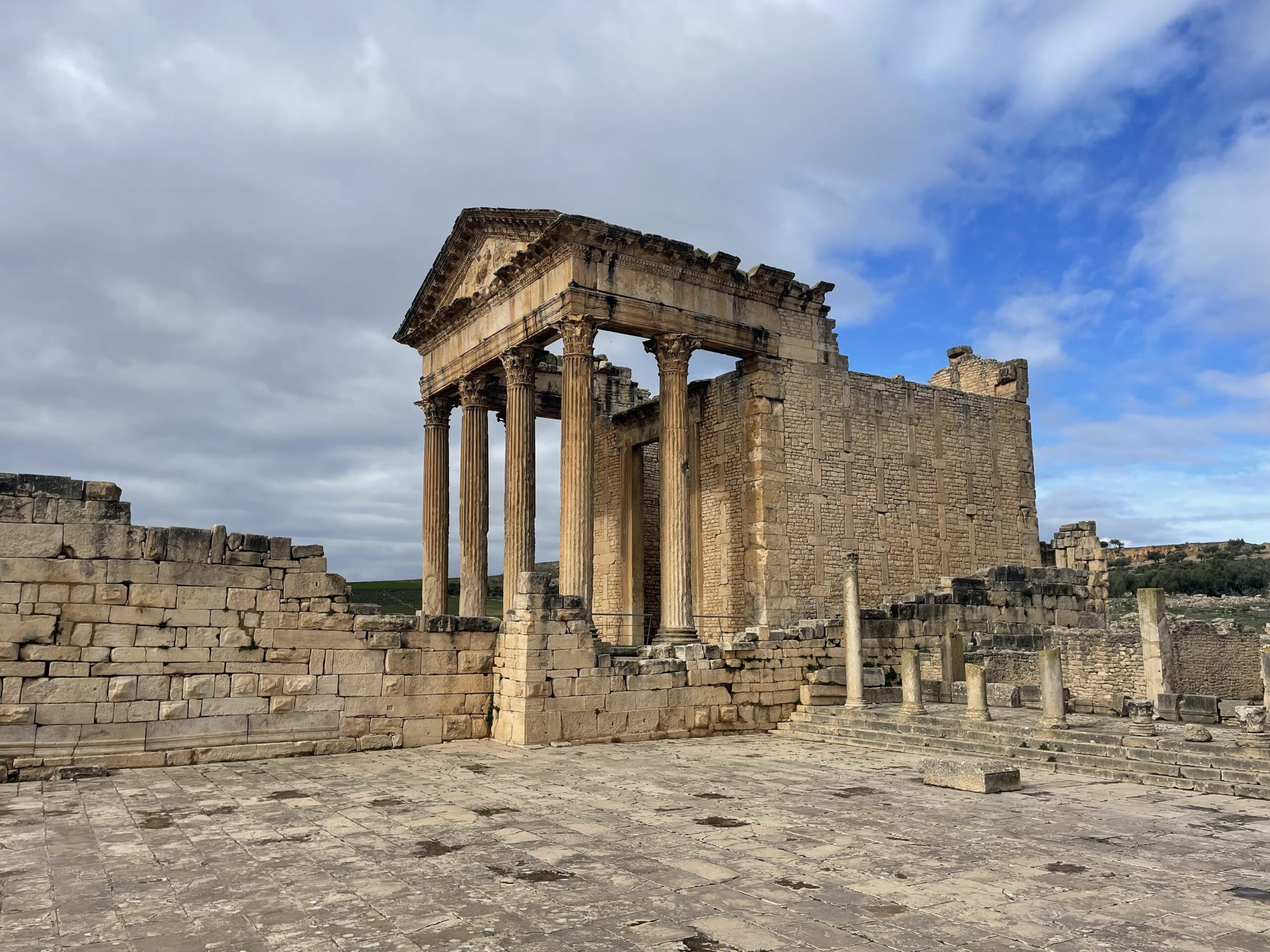
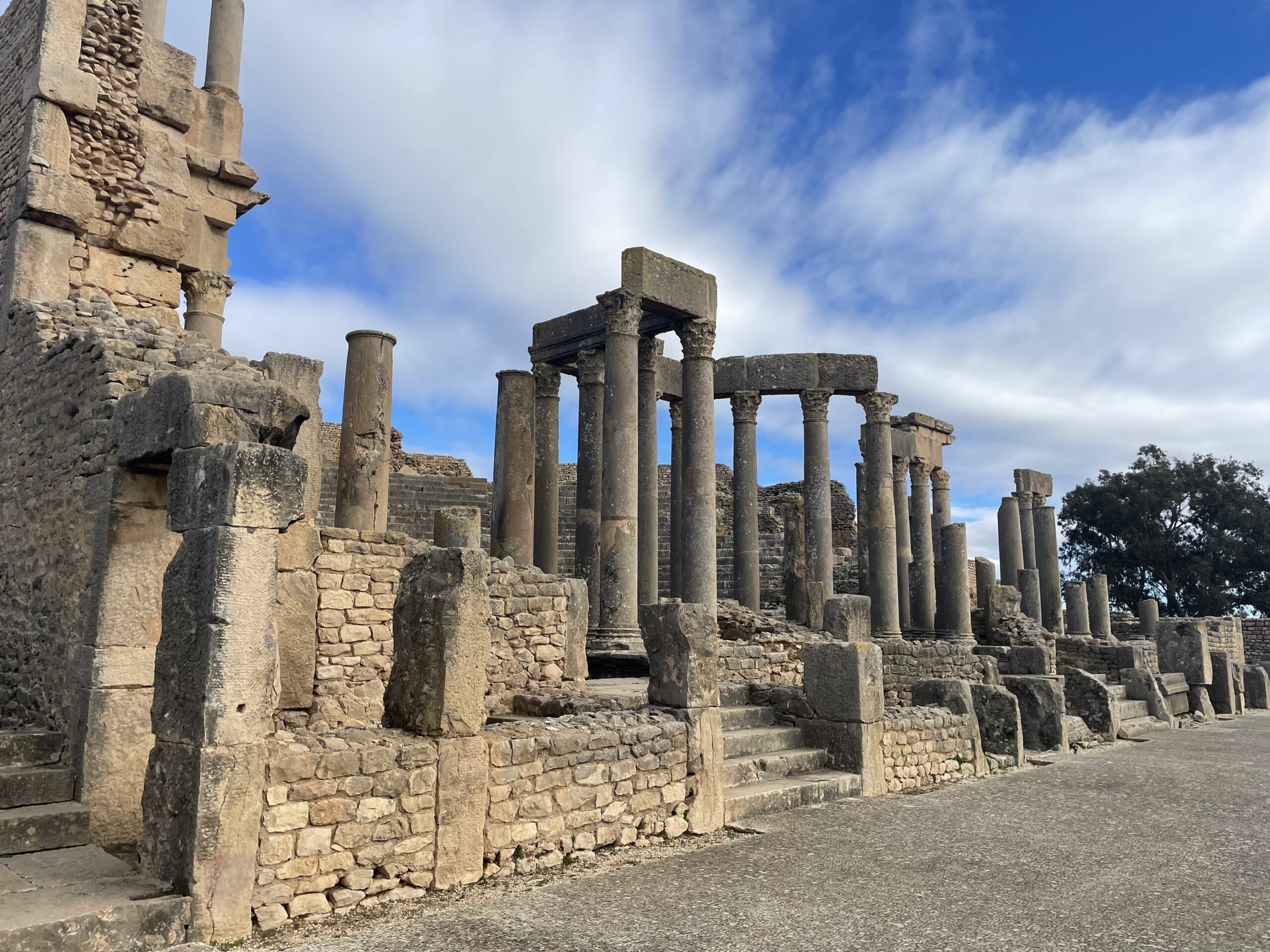
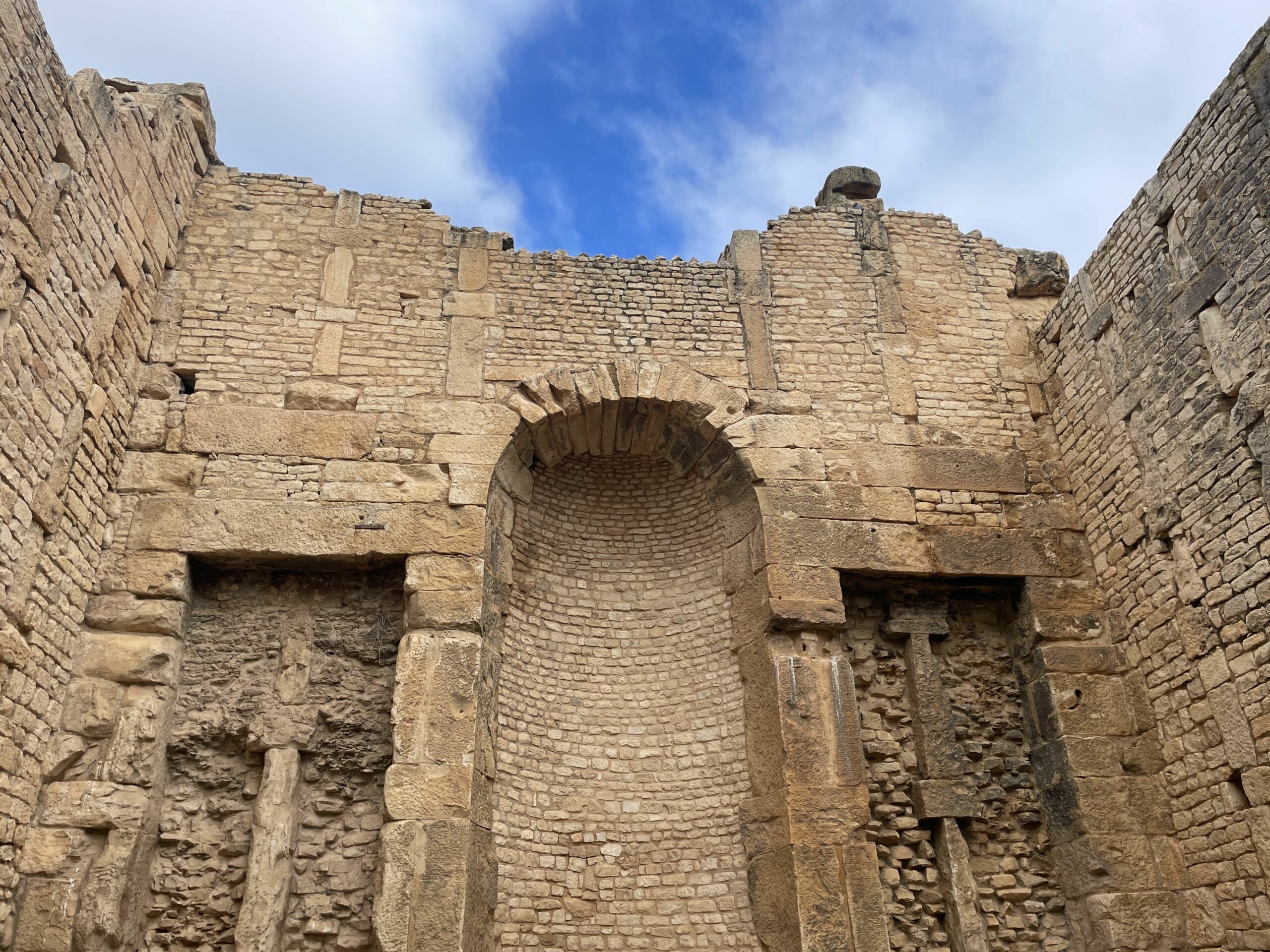
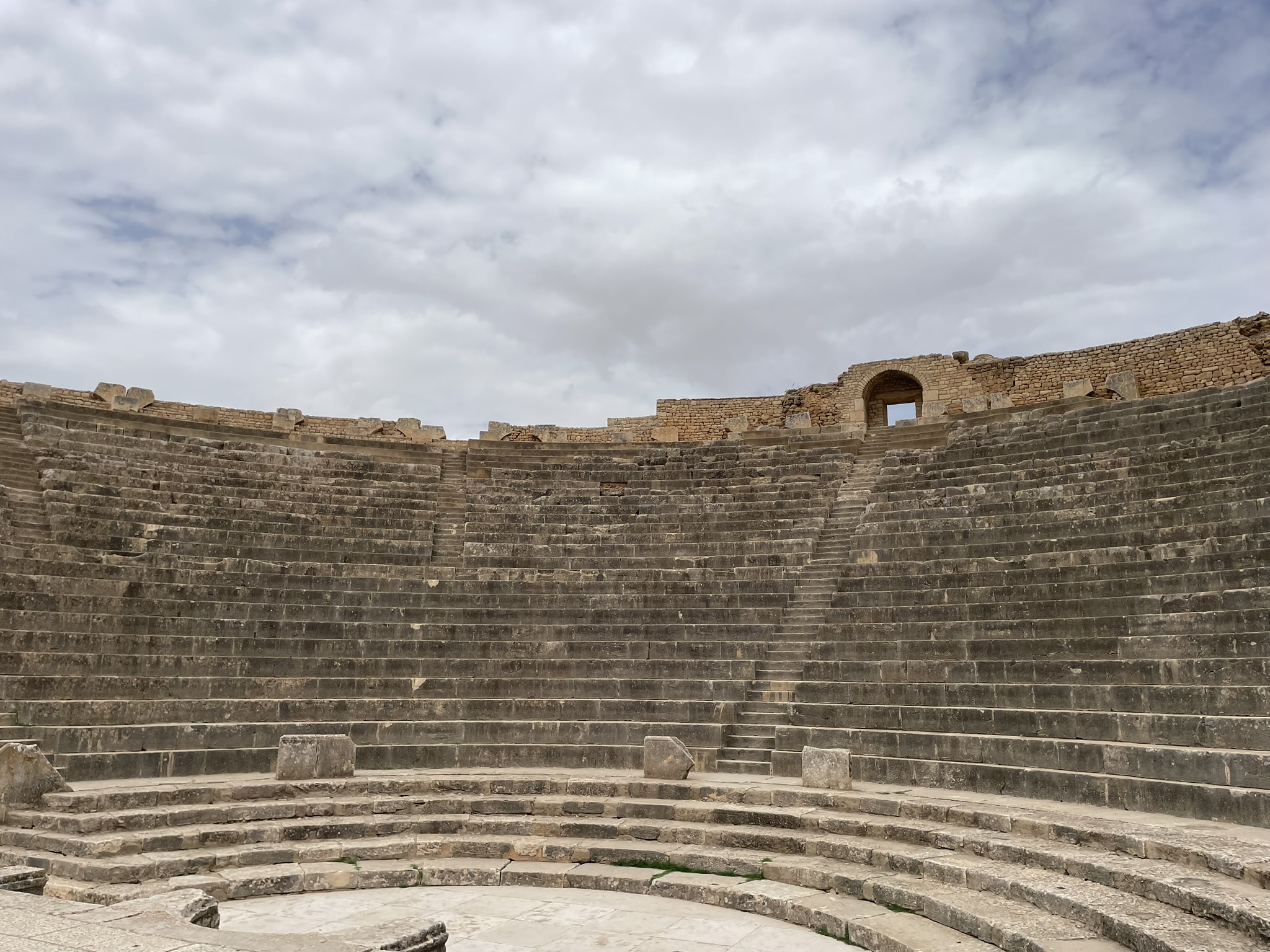
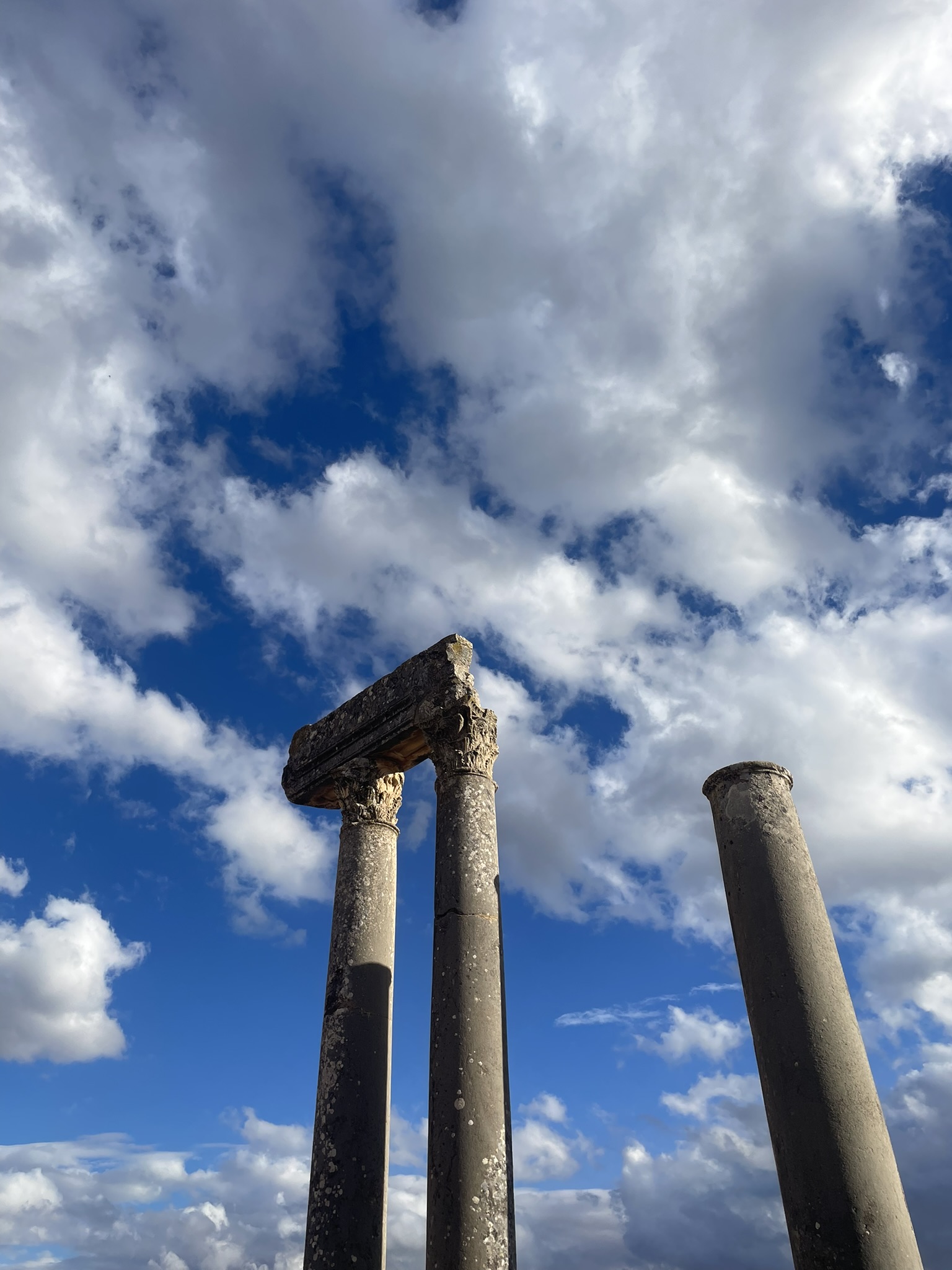
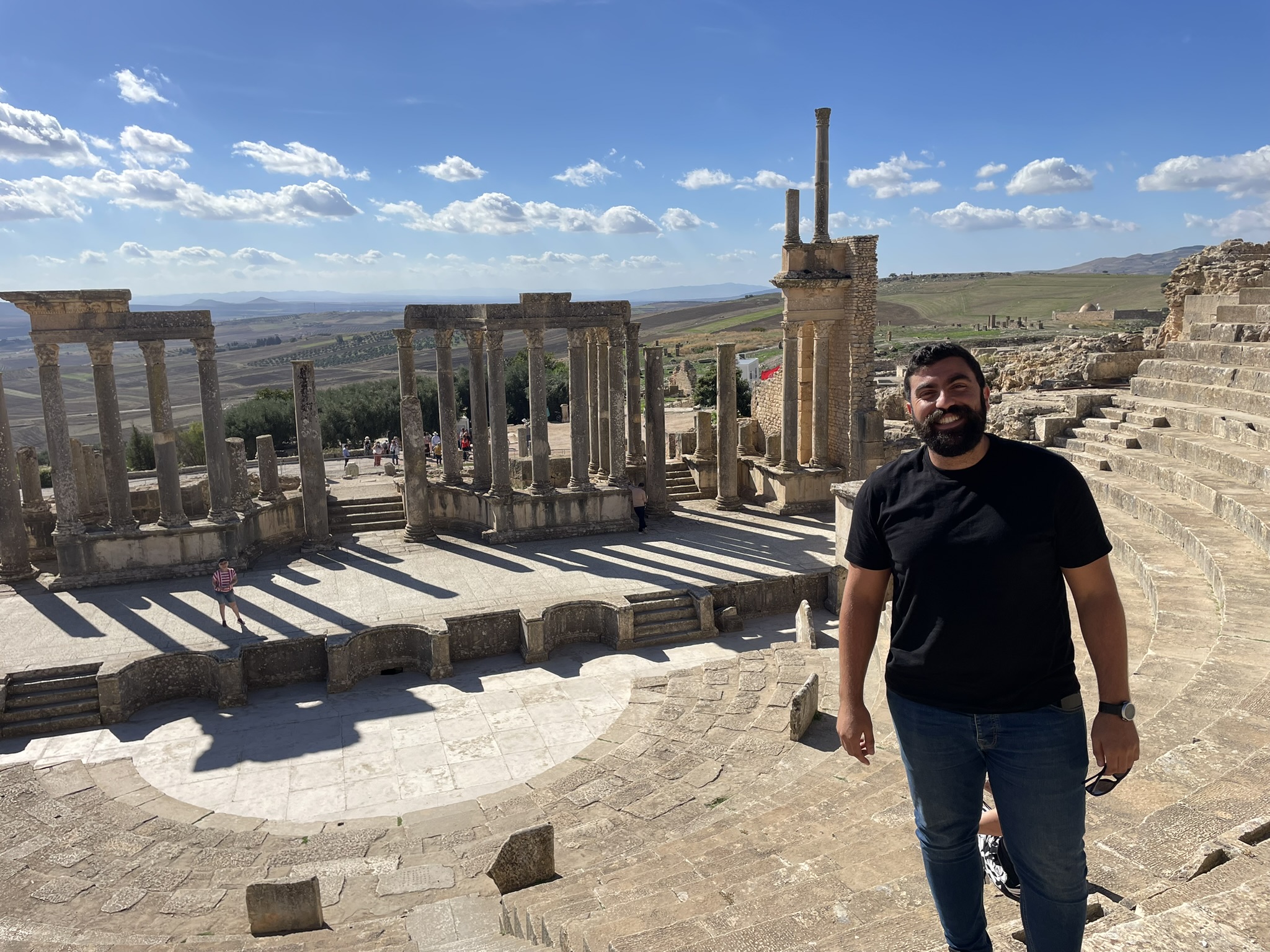
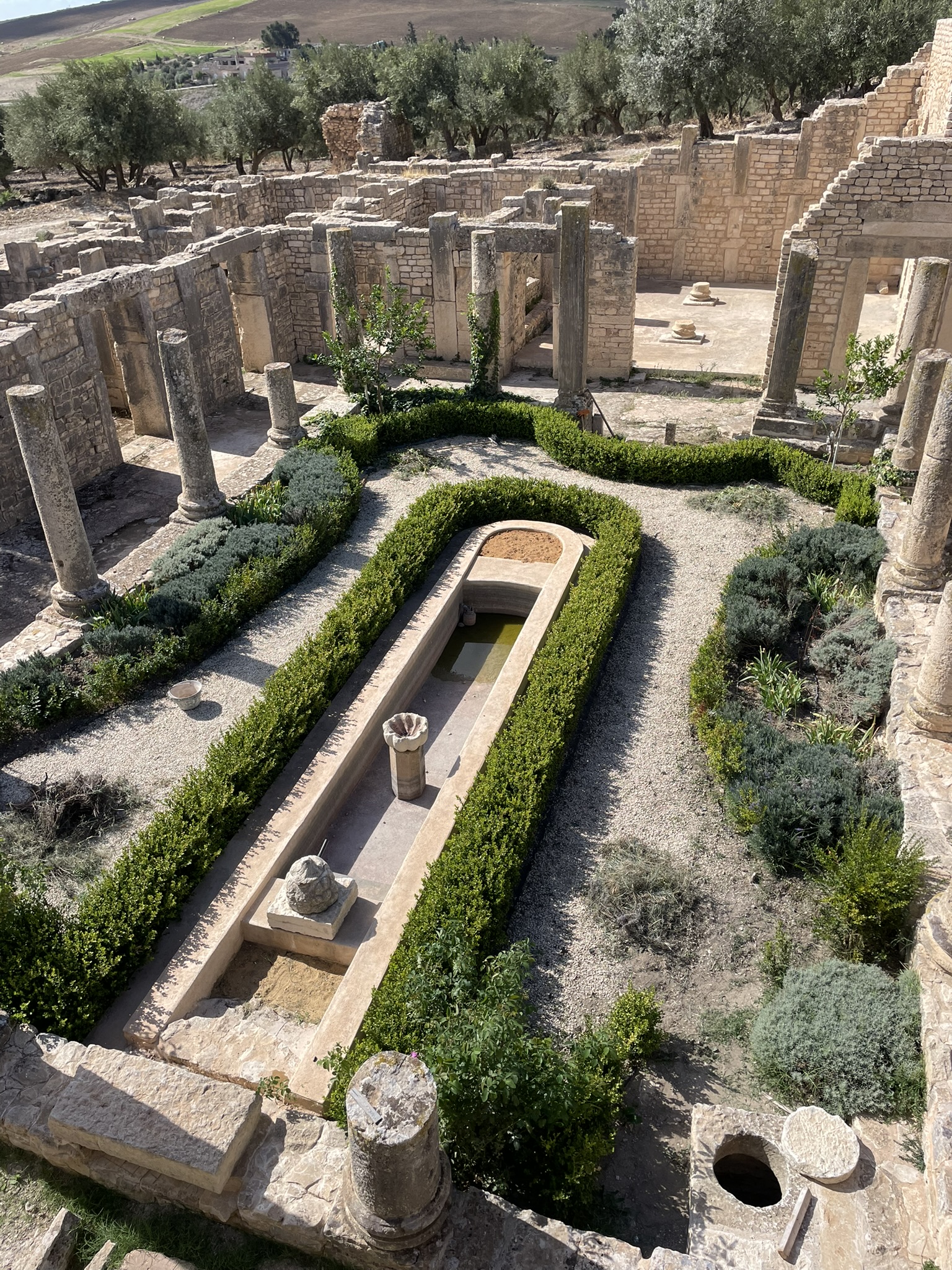

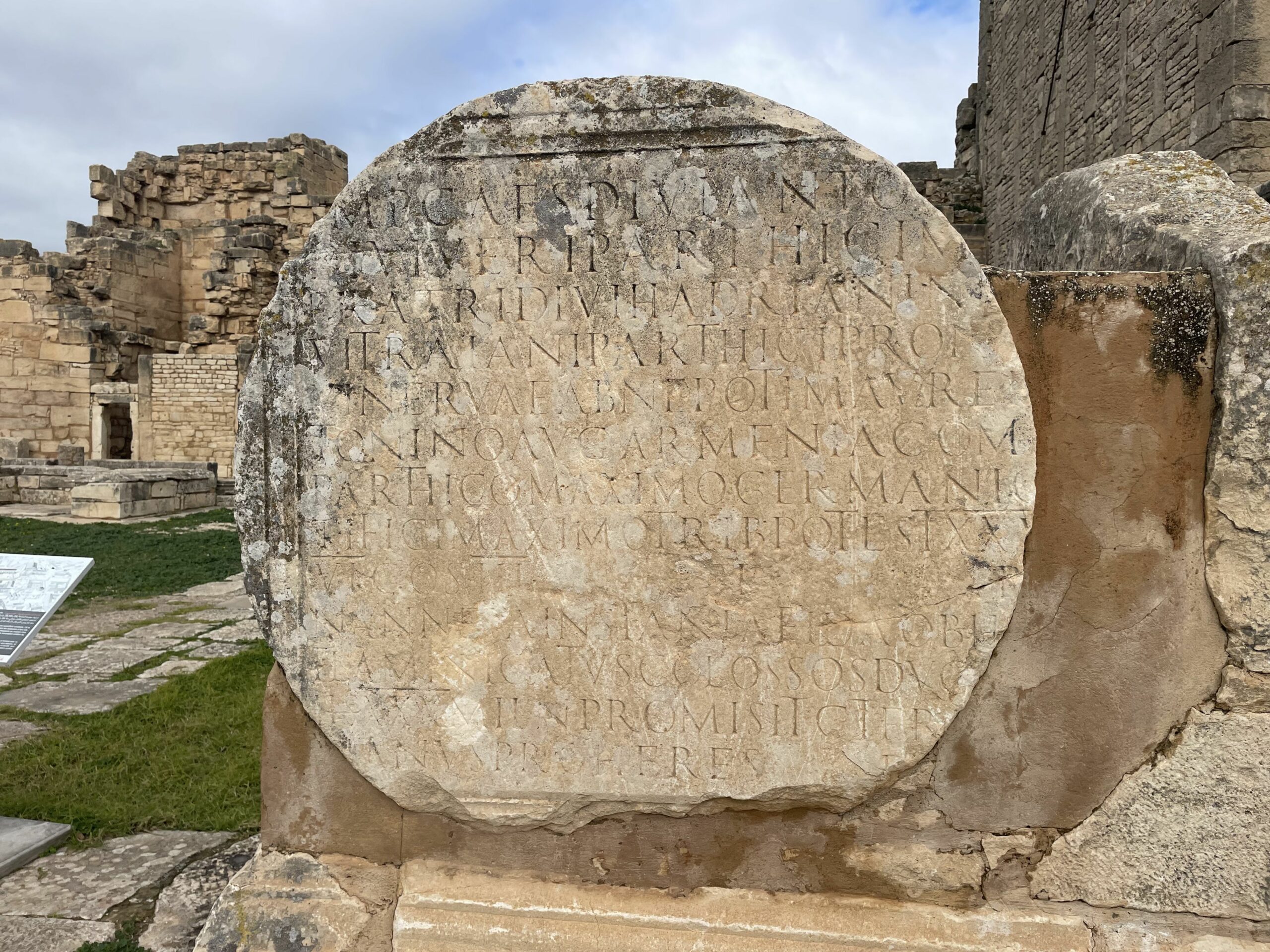

Extremely motivated to constantly develop my skills and grow professionally. I try to build my knowledge, flexibility, and interpersonal skills through several projects and within different teams.



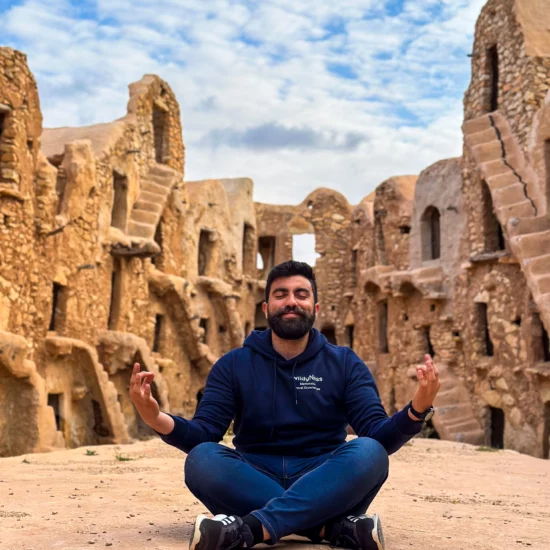



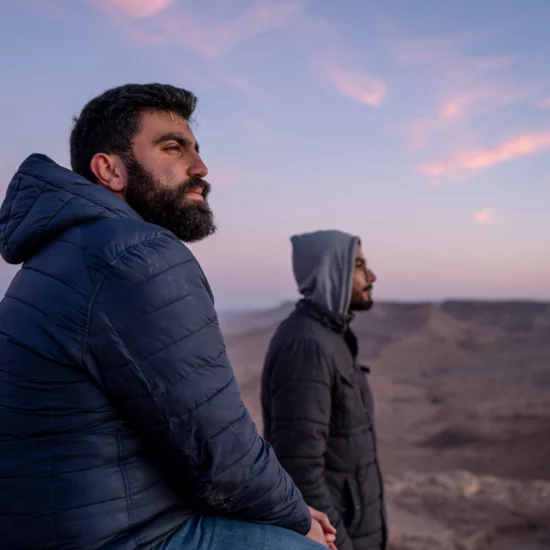
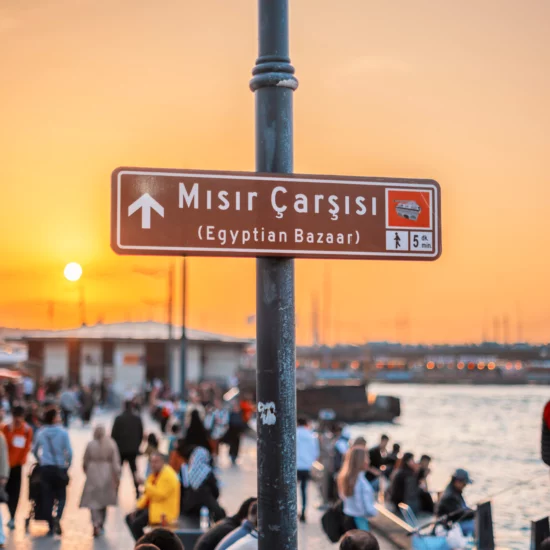


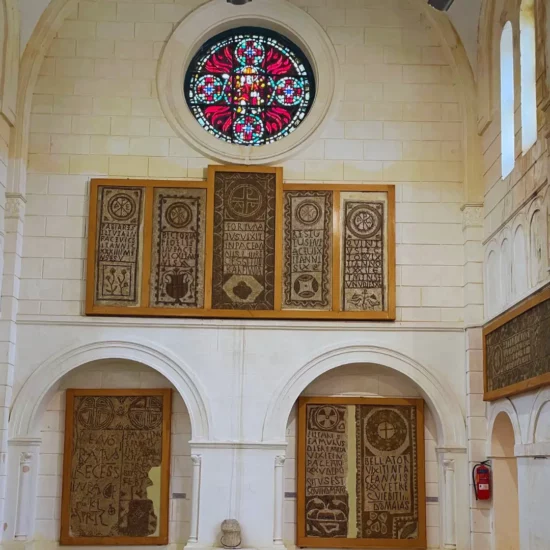
No Comment! Be the first one.